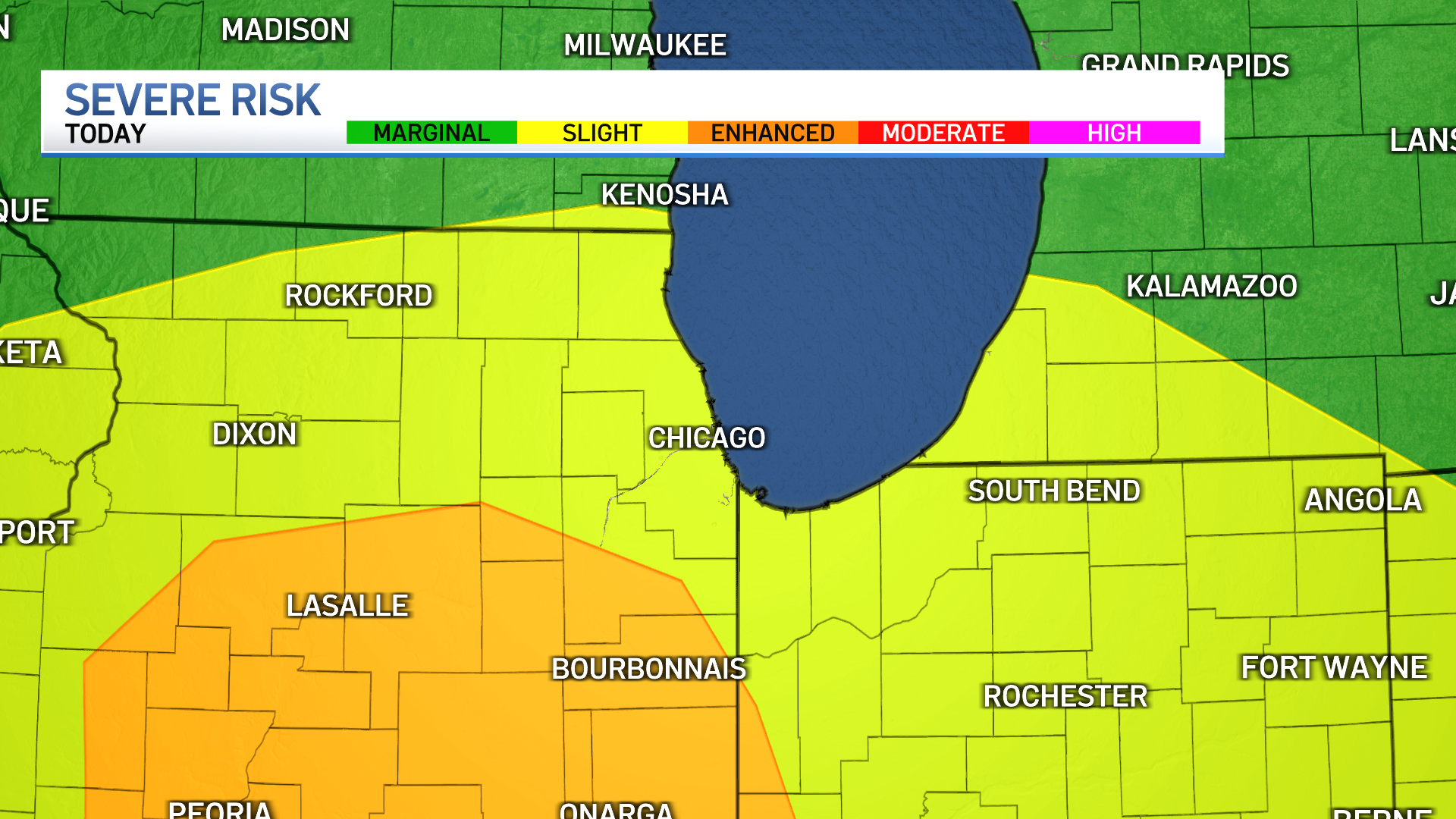As the general election continues to shift closer, NBC Chicago’s Mary Ann Ahern offers some key takeaways in politics for the week of Oct. 7-11.
While most of the focus in the Illinois election is on the presidency and state and federal representation, dozens of judges will be on the ballot as well.
In Illinois, voters are tasked with deciding on judges at three different levels: the Supreme Court, appellate courts and circuit courts.
In some areas, multiple judges may be on the ballot in multiple different races, and it can be overwhelming to parse through the information to make an informed decision in the voting booth.
Fortunately, there are a variety of resources voters can use to inform themselves ahead of the November election, and NBC Chicago also has compiled information on which offices will be on your ballot, and what each of your votes means.
How can I research judges on my ballot?
There are numerous groups that have endeavored to provide information on judges, including insights into their legal philosophies, rulings and even offering recommendations on whether to support their ascension to the bench, or whether to keep them in their positions.
One such resource is Injustice Watch, which features an interactive guide to the 75 circuit court judges and two appellate court judges that are running for reelection in Cook County.
Local
The guide features bar association rankings and icons denoting potential controversies involving those judges that are on the ballot, and comes with a printable sheet to bring into the voting booth (and yes, you can bring a piece of paper to help you remember which candidates you intend to vote for).
For those looking for additional insight, or who don’t live in Cook County, the Illinois State Bar Association offers recommendations on judicial elections and appointments throughout the state of Illinois.
Feeling out of the loop? We'll catch you up on the Chicago news you need to know. Sign up for the weekly Chicago Catch-Up newsletter.
The Bar Association cites two different surveys in its recommendations. Evaluation ratings involve in-depth reviews of candidates and represent the views of the State Bar Association, while Judicial Advisory Polls are based on feedback from attorneys who do not necessarily reflect the group’s views on a candidate.
The association then grades judges as either Not Recommended, Recommended or Highly Recommended.
Cook County residents can also look at the Chicago Bar Association’s voter’s guide, which grades candidates as Highly Qualified, Qualified or Not Recommended.
What judges will be on the ballot in Illinois?
Judicial elections in Illinois are broken down into three levels: the Supreme Court, appellate court and circuit courts. We will have more information on that breakdown later in this story.
Supreme Court
There are two Illinois Supreme Court seats that will be decided on by voters, but both candidates are running unopposed as they seek full 10-year terms on the court. Justice Joy Virginia Cunningham, who replaced Chief Justice Anne Burke on the bench, is running in the 1st district, which governs Cook County.
Justice Lisa Holder White, who won an election to fill Justice Rita B. Garman’s seat on the bench, is running unopposed in the 4th district.
Appellate Court
According to Injustice Watch, appellate court judges typically hear appeals of cases decided by circuit courts. Those judges serve 10-year terms, and must win elections to those terms.
There are also multiple elections to fill vacancies in the 4th appellate district. There are three competitive races in the 3rd district, with judges aiming to fill vacancies left by the death of Judge Daniel Schmidt, the elevation of Justice Mary Kay O’Brien to the Illinois Supreme Court, and the retirement and death of Justice Tom Lytton.
There are also four vacancies in the 1st appellate district, but all four candidates are running unopposed.
Circuit Court
Finally, there are a host of vacancies and retention votes at the circuit and sub-circuit levels of the courts.
Circuit court judges serve six-year terms, and are considered the “front line of the legal system,” according to Injustice Watch.
Retention Vote vs. Full-Term Vote
Judges must win a contested election in order to receive a full term on the court they are running to be a part of. For Supreme Court and appellate court justices, that is a 10-year term, and for a circuit court judge, a six-year term is up for grabs.
Following that process, judges run for retention when their terms expire. Under Illinois law, a judge requires 60% affirmative votes in that retention ballot to retain their seat. If they fail to hit the 60% threshold, the state Supreme Court appoints a temporary replacement, who then runs for a full 10-year term in the next even-year election cycle.
How do I know which district I live in?
Under a revised map approved in 2022, Illinois is still divided into five judicial districts at the Supreme Court and appellate court levels.
The first district is comprised of Cook County. The second district is comprised of McHenry, Lake, DeKalb, Kane, and Kendall counties. The third district features the rest of Chicago’s suburbs, including DuPage, LaSalle, Grundy, Will, Kankakee and Iroquois counties.
The fourth district is largely comprised of counties in western and northwestern Illinois, including Ogle and Sangamon counties, while the fifth district is primarily counties in eastern and southern Illinois.
The state is also divided into 25 total circuits, which are presided over by circuit court judges. Those circuits are then broken down into subcircuits. A map of the circuits can be found on the Illinois Court system’s website.



